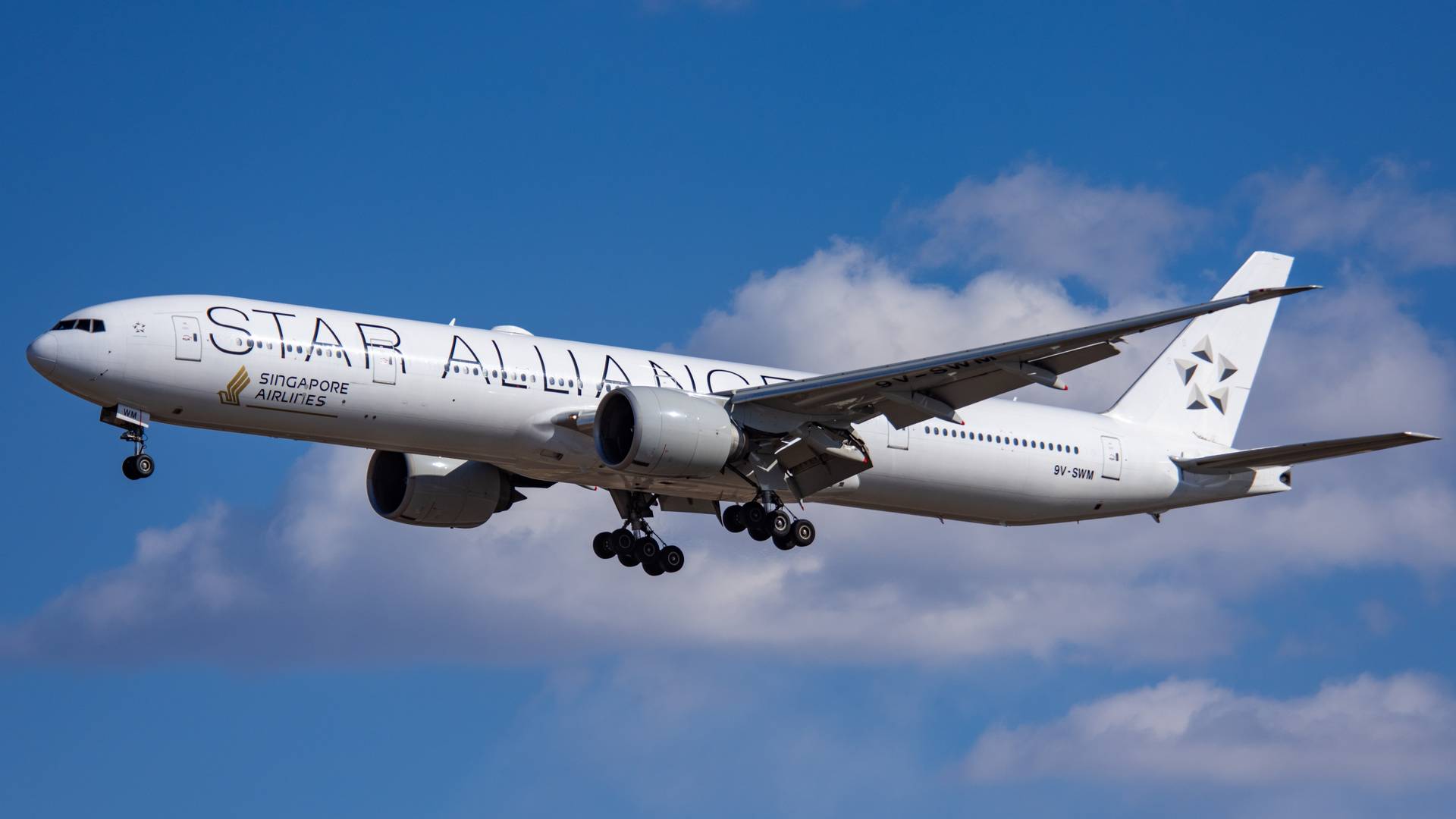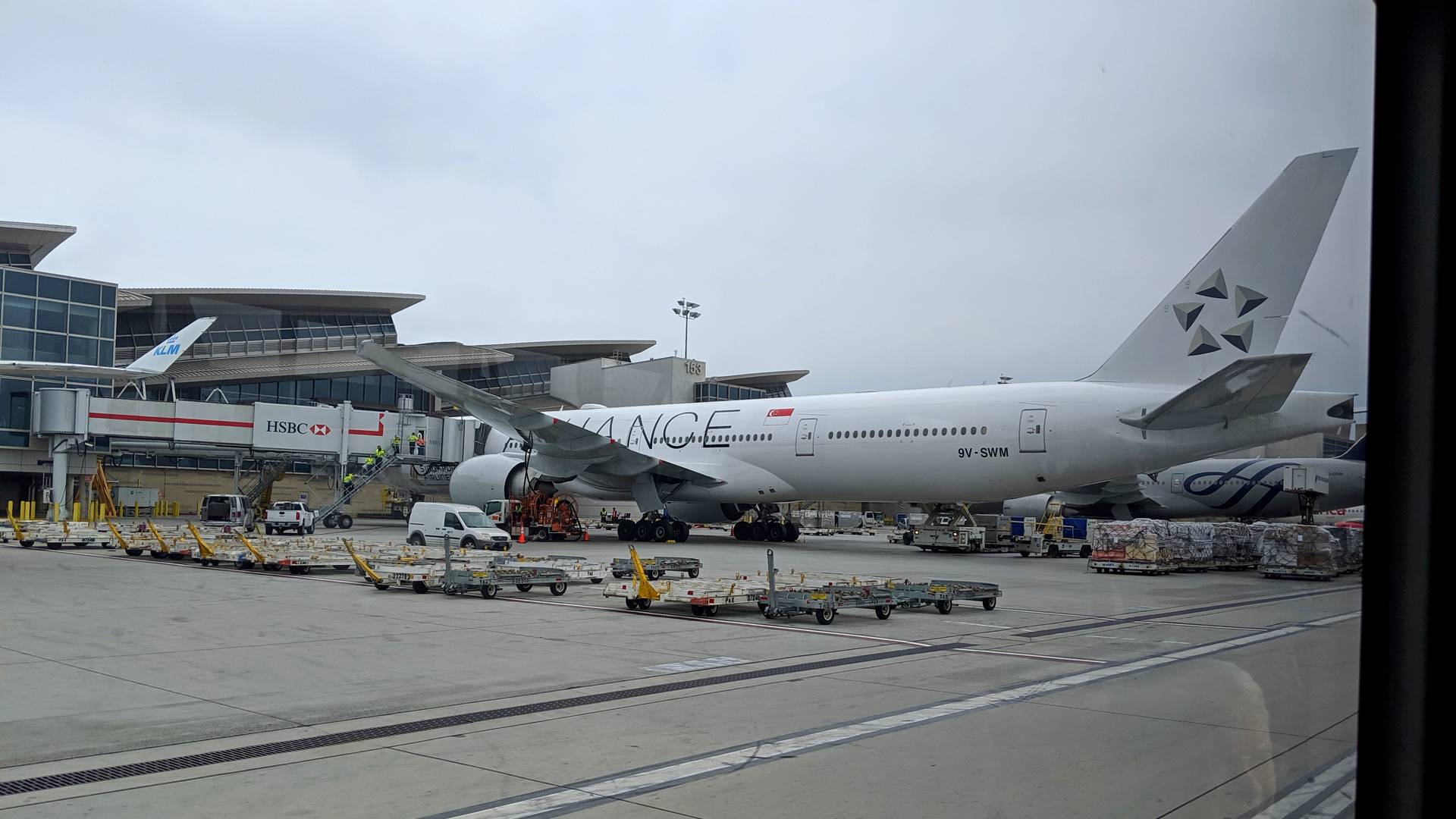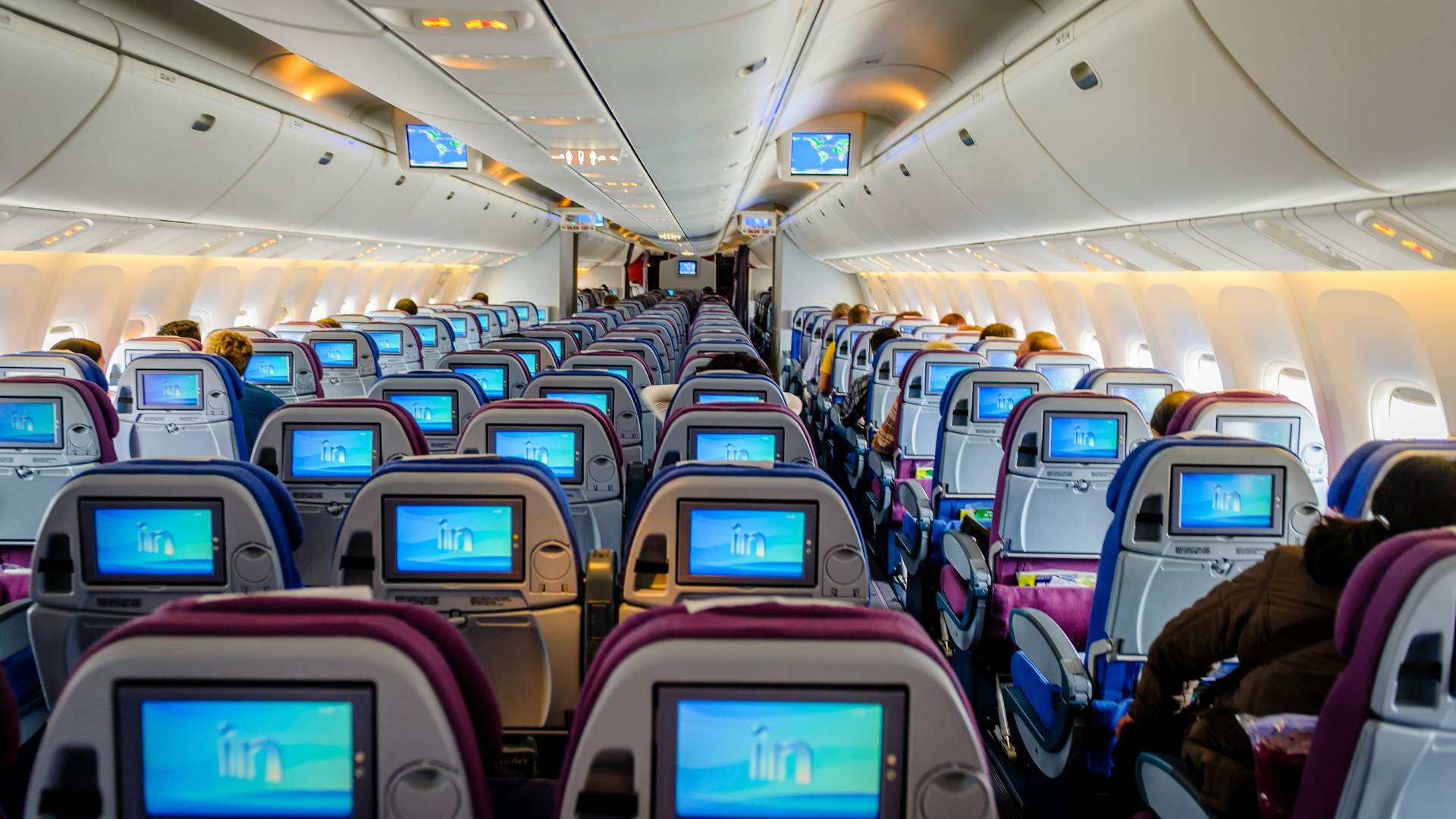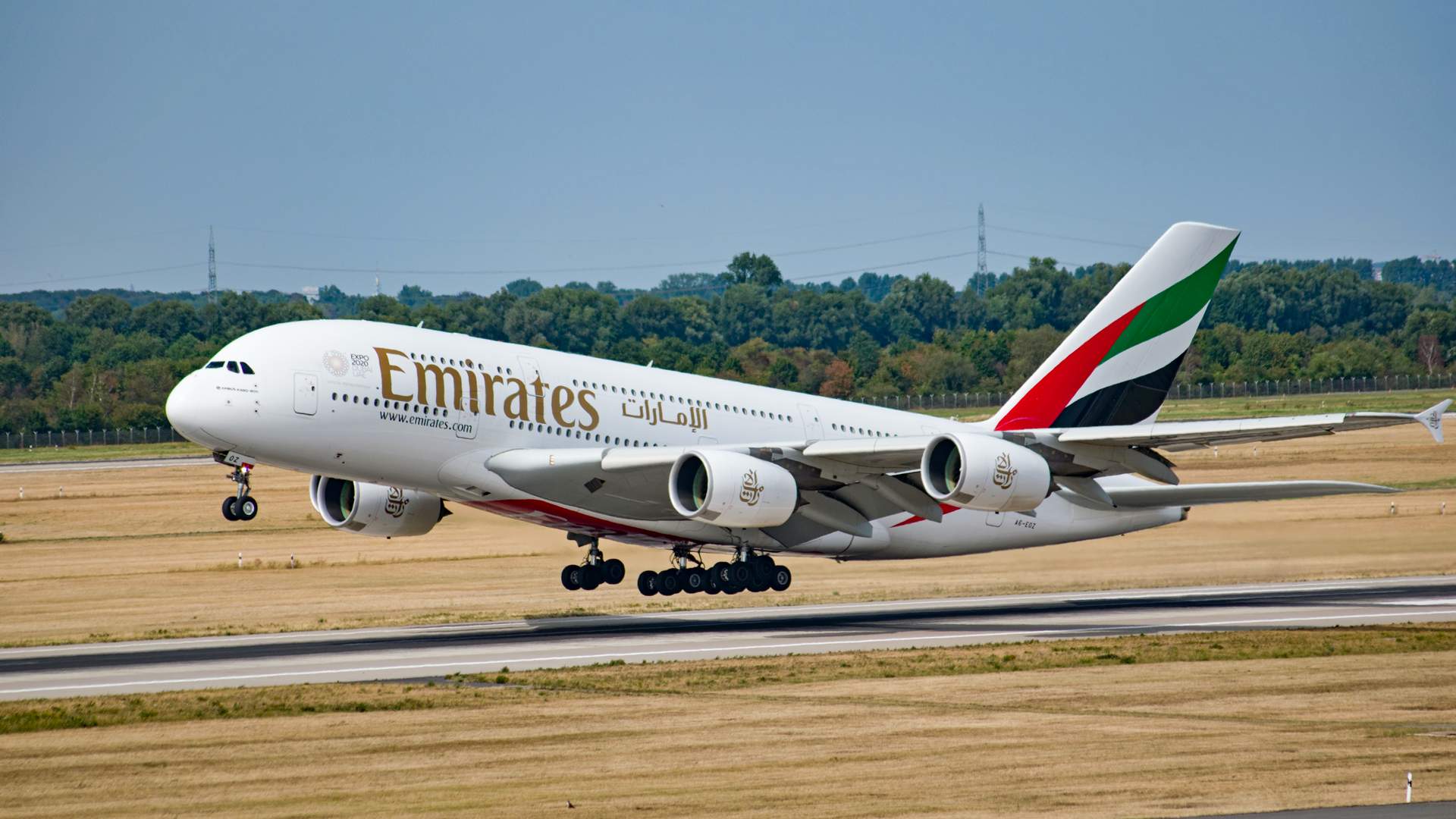Injuries to passengers and crew from turbulence are in the spotlight, and the world’s airlines are looking at ways to mitigate it. But how?
Two weeks ago, multiple passengers and crew on board Singapore Airlines flight SQ-321 suffered serious injuries, after encountering turbulence during cruise. One passenger tragically perished, after suffering a heart attack.

The accident reignited a discussion among regulators, airline managers, and crews. At the moment, passengers need to keep their seatbelts on during critical phases of flight and whenever the seatbelt sign comes on – usually because of turbulence.
However, most airlines advise passengers to always keep their seatbelts fastened when seated, because of the possibility of clear-air turbulence. This appears to have been a factor in the Singapore accident in May.

Airlines and Clear-Air Turbulence Awareness
On that flight, a smaller initial turbulence upset reportedly caused the pilots to illuminate the seatbelt sign. Unfortunately, a much stronger shear came just seconds later, before many passengers could react, causing a -1.5G load on the passenger cabin. This sent anyone not wearing their seatbelt to the ceiling, causing most injuries.

Now, multiple industry stakeholders are talking about this issue in Dubai, at an IATA annual event. One of the questions is whether or not airlines should enforce the wearing of seatbelts more aggressively, because of clear air turbulence events.
It appears that airlines are reluctant to make such a measure mandatory. However, they do hope that accidents like this will help raise awareness to the public, that they are told to keep their seatbelts on for a reason. Even if belts are relatively loose, they will keep people from hitting the ceiling.

Clear-air turbulence in particular is hard to predict. Some studies are predicting an increase in turbulence for climate reasons. However, empirical studies of past incidents and accidents over time, don’t always arrive at the same conclusions.
Now, airlines are trying to deal with the problem by improving ways of sharing data on turbulent events. IATA has a tool called the “Turbulence Aware” platform. It has been slow to gain popularity among airlines. However, the recent Singapore accident has caused a number of airlines to join it.



